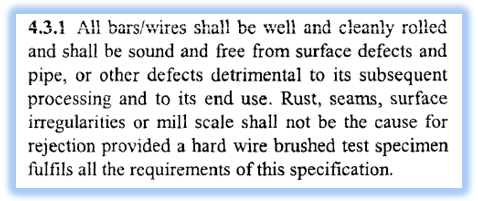India has been plagued by some catastrophic earthquake tremors in past that have caused loss of property and human beings:
| Date | Location | Effect | Magnitude |
| January 3, 2016 | North East India | 11 dead, 200 injured | 6.7 |
| May 12, 2015 | Northern India, North East India, Bihar West Bengal (Epicenter at Nepal) | 218 (44 killed in India) | 7.3 |
| April 25, 2015 | Northern India, North East India, Gujarat (Epicenter at Nepal) | 8,900+ | 7.8 |
| September 18, 2011 | North East India, Gangtok, tremors felt in Delhi, Kolkata, Lucknow and Jaipur | 118 | 6.9 |
| October 8, 2005 | Kashmir | 1,30,000 | 7.6 |
| December 26, 2004 | Third deadliest earthquake in the history of the world, the tsunami generated off west coast northern Sumatra, India, Sri Lanka, Maldives | 283106 (15000 killed in India) | 9.1 |
| January 26, 2001 | Gujarat | 20,000 | 7.6/7.7 |
However, during the earthquake in New Zealand on 3rd September 2010 (magnitude on Richter’s scale: 7.0), only 2 people were injuredwhich was caused by falling masonry and glass. Interestingly, the said earthquake had struck when most people were asleep. Therefore it is clear that “EARTHQUAKES DON’T KILL PEOPLE, BUILDINGS DO!”
Read More

